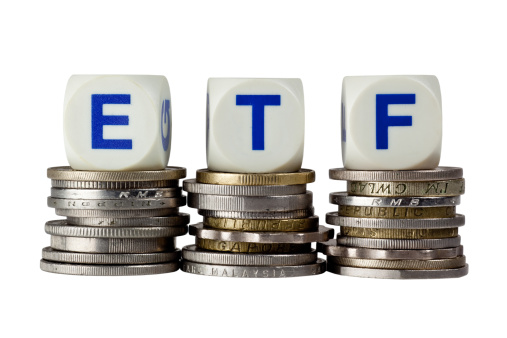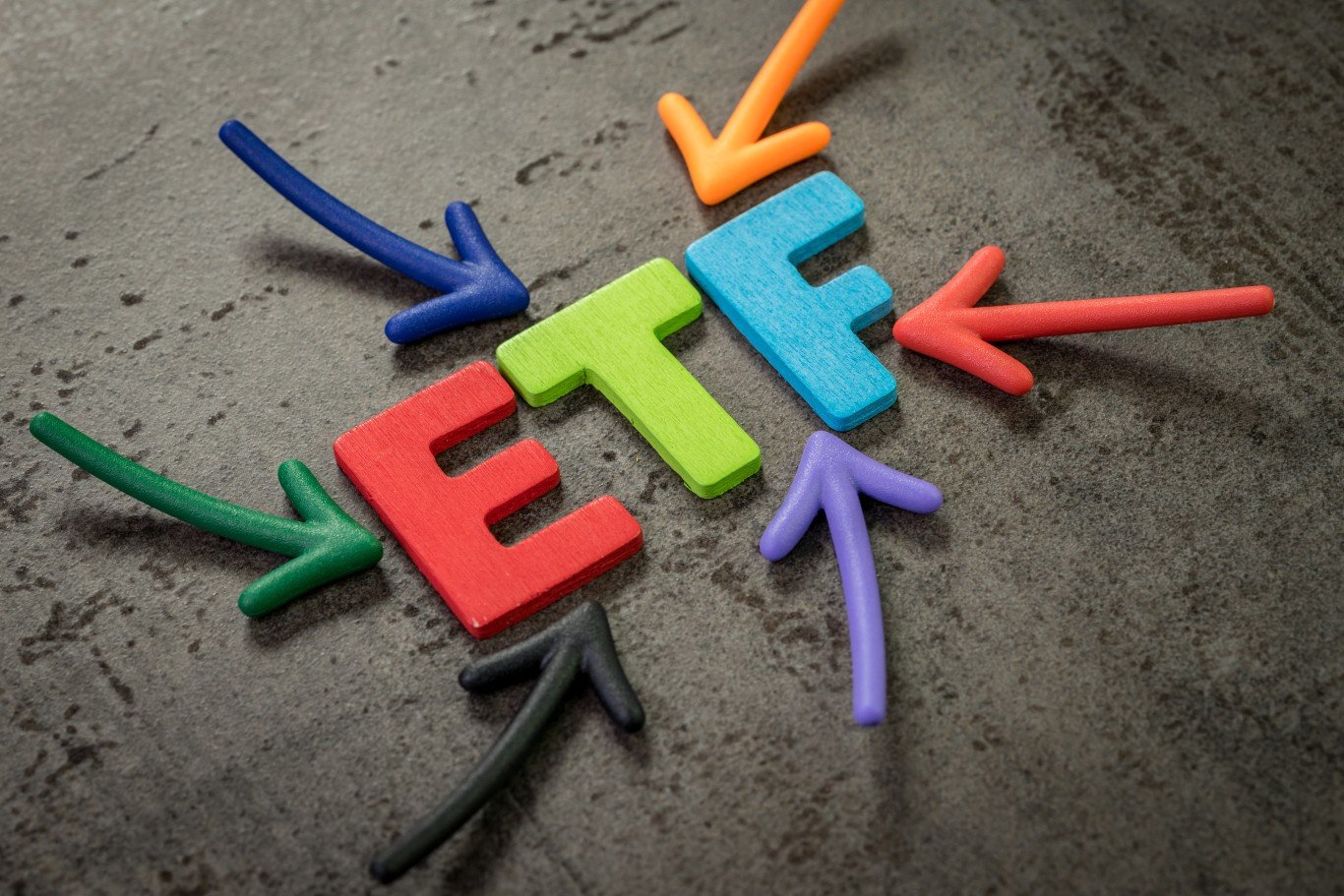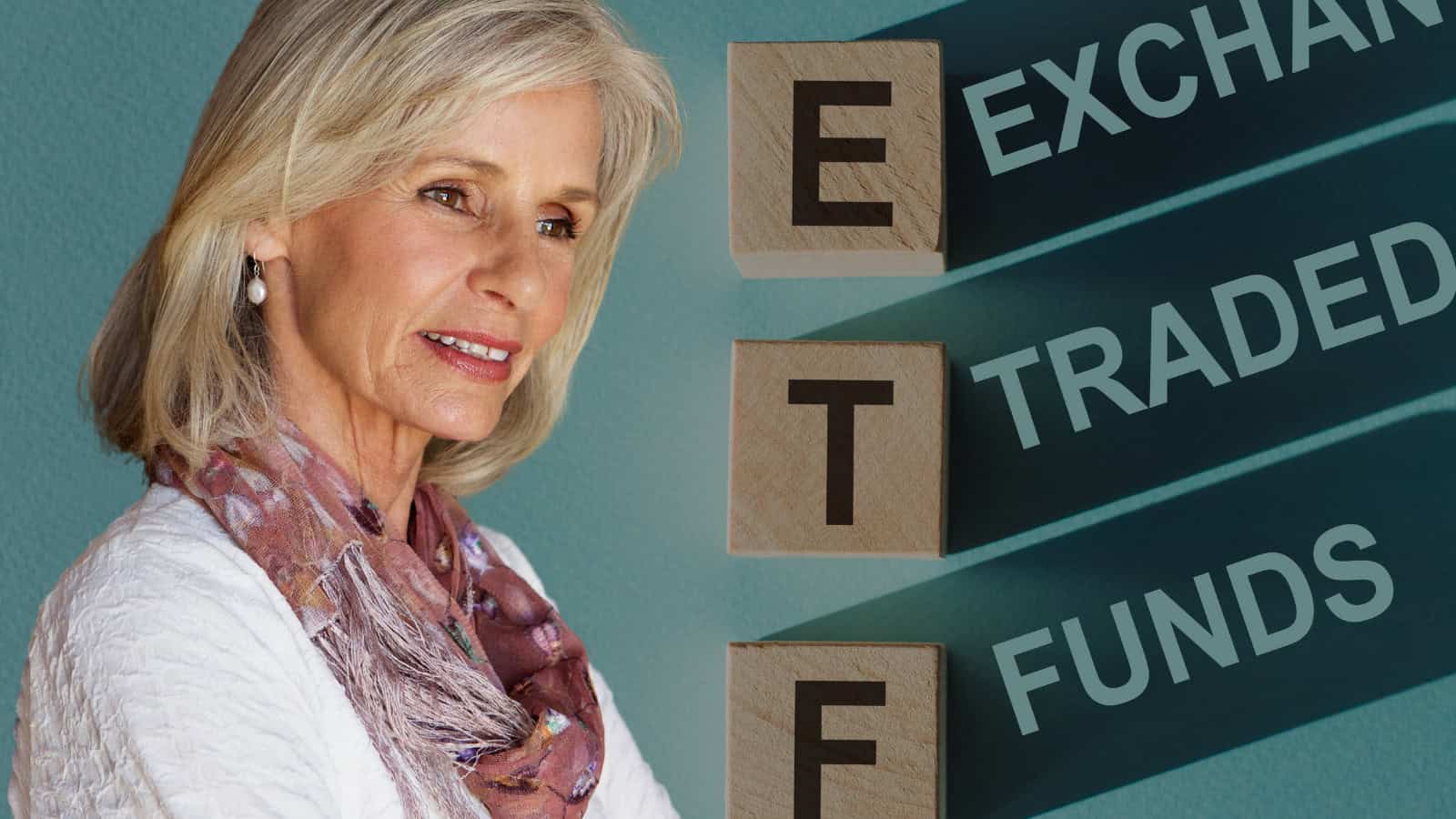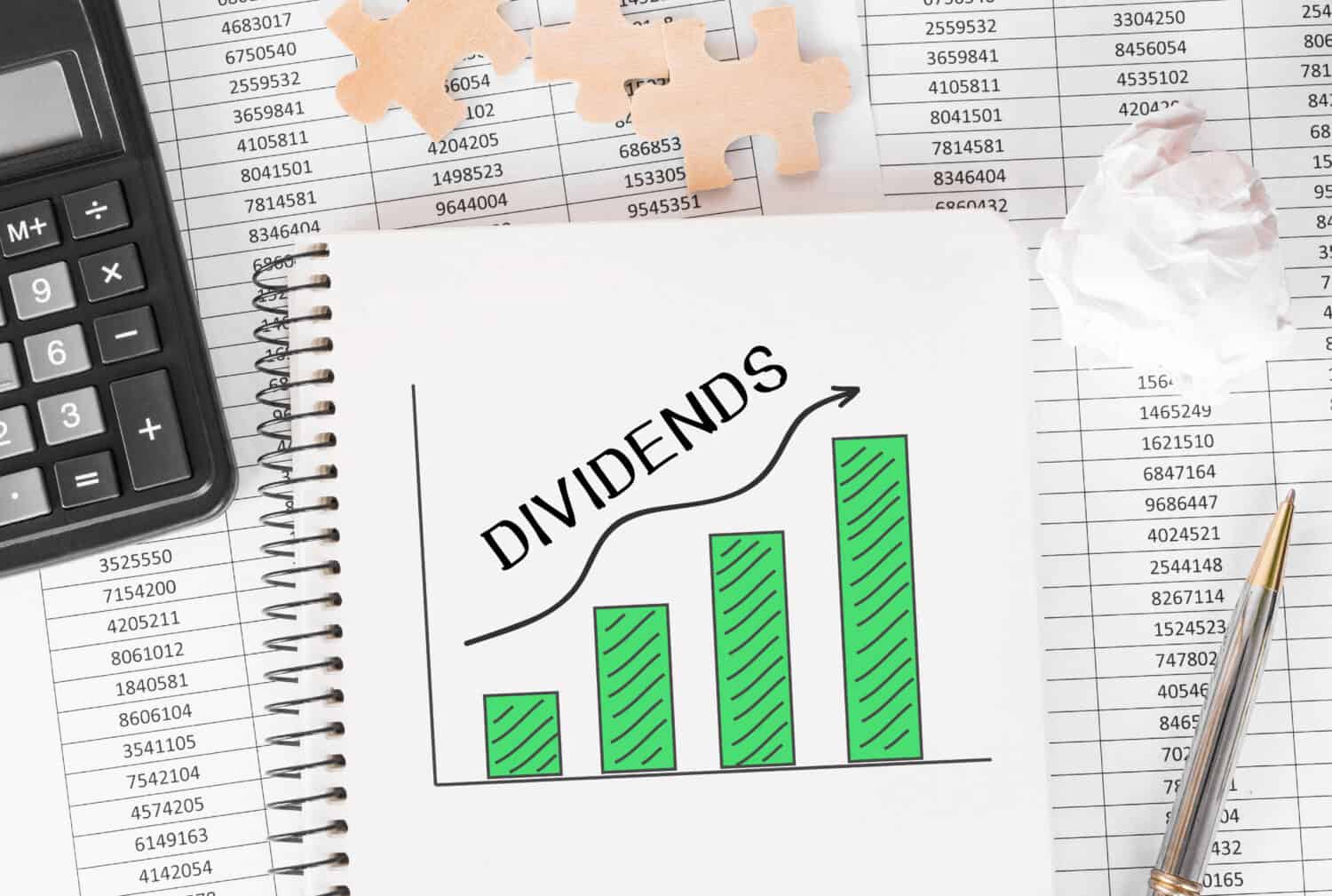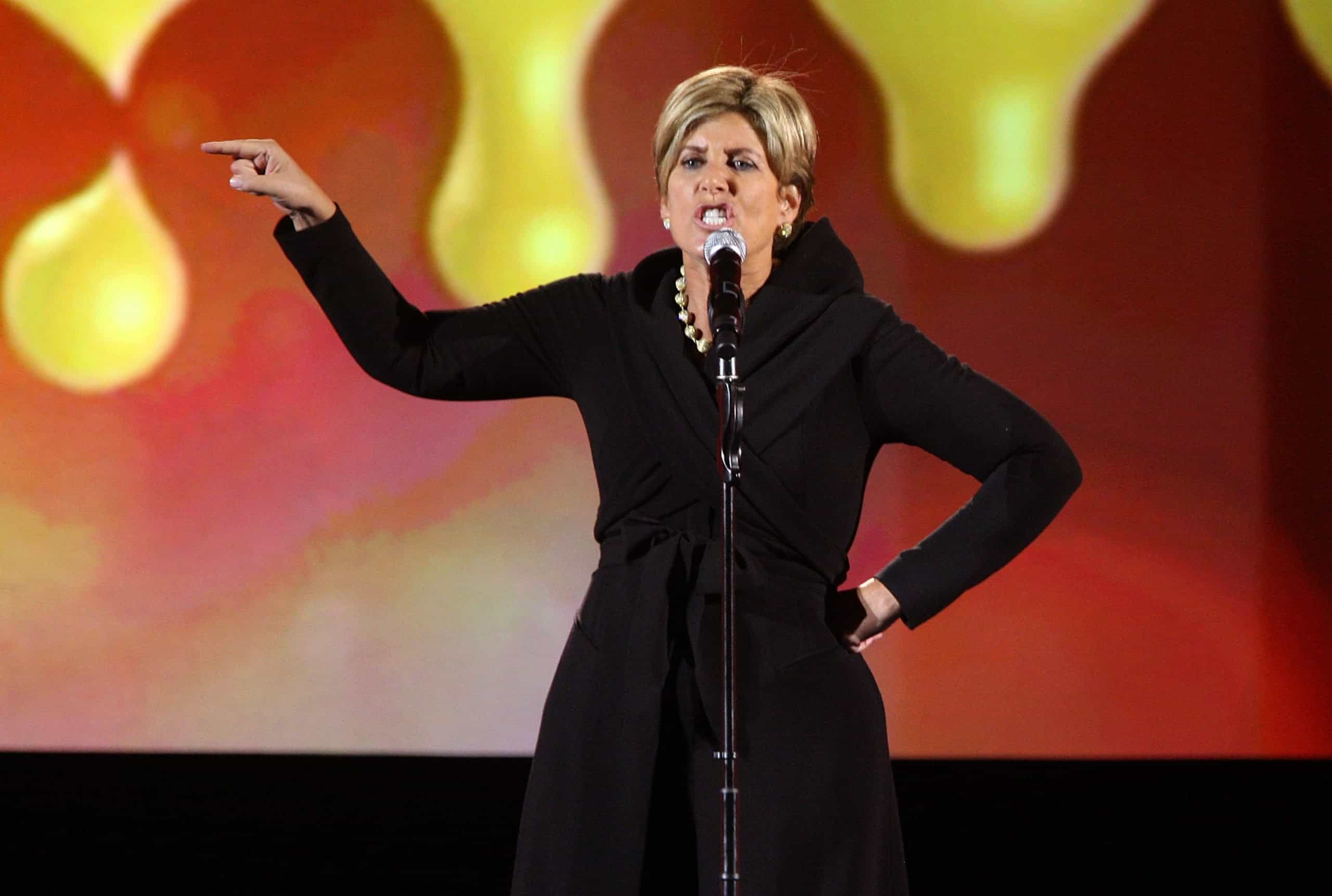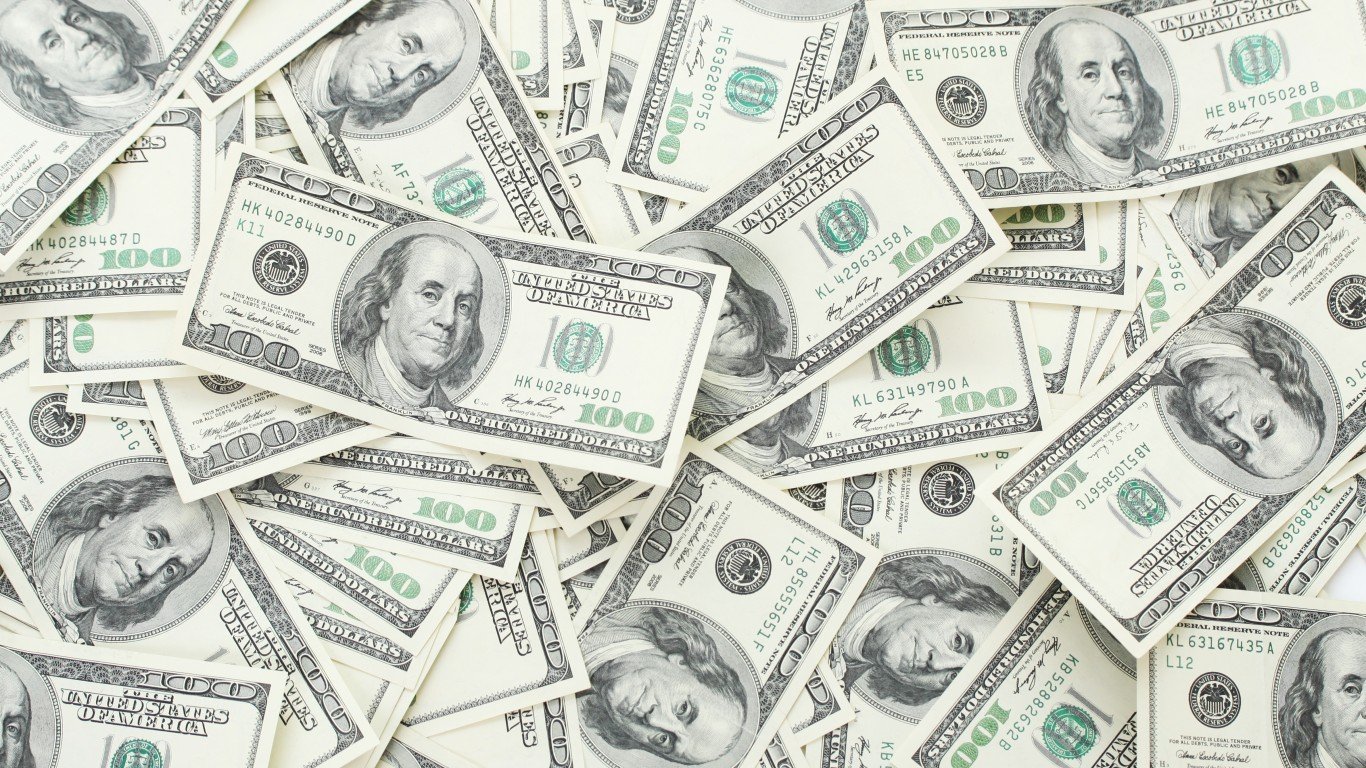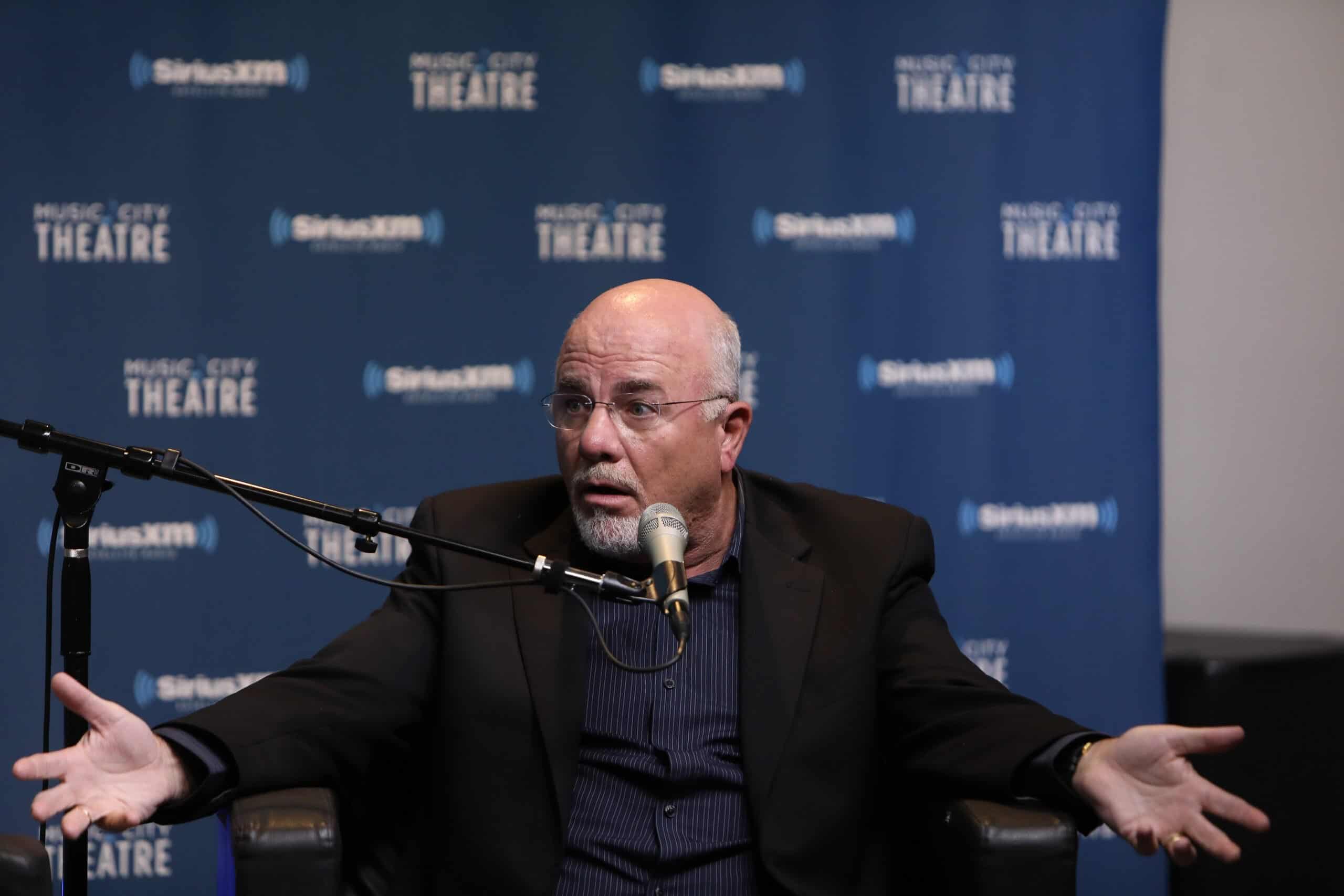#diversification
#diversification
[ follow ]
#etfs #investing #risk-management #retirement-planning #sp-500 #investment-strategy #long-term-investing #voo
fromFast Company
2 weeks agoDiversification can't make a strategy problem disappear. It just creates a different problem
The logic holds that when a company has a shareholder-unfriendly component of its portfolio - e.g. the business in question is cyclical, or it is low-growth or low margin - the company should diversify to make that business less-shareholder unfriendly. I take on the fallacy in this Playing to Win/Practitioner Insights (PTW/PI) piece entitled Diversification Can't Disappear a Strategy Problem: It Just Creates a Different Problem. And as always, you can find all the previous PTW/PI here.
Business
Business
fromLondon Business News | Londonlovesbusiness.com
1 month agoWhen to double down vs. when to diversify - London Business News | Londonlovesbusiness.com
Choose doubling down for short-term gains and clarity; choose diversification for long-term growth and risk reduction, guided by clear goals and data.
fromLondon Business News | Londonlovesbusiness.com
1 month agoCW-Management experts help you build an optimal crypto portfolio - London Business News | Londonlovesbusiness.com
The world of cryptocurrency trading continues to grow rapidly, attracting beginners and experienced investors who are eager to explore its potential. However, the crypto market can be unpredictable, with prices changing quickly and trends shifting overnight. That's why creating a balanced and well-thought-out portfolio is essential. CW-Management experts explain how traders can use diversification and CFD trading to manage risk and build a more stable crypto strategy without relying on luck or guesswork.
Cryptocurrency
Business
from24/7 Wall St.
1 month agoI'm only 28 but a lucky stock pick has pushed my net worth to over $3 million - should I realistically stop working?
Achieving financial independence requires shifting from accumulation to active wealth management: diversify holdings, seek professional advice, and prepare mentally before retiring early.
from24/7 Wall St.
1 month agoPersonal finance expert Suze Orman says this "is the #1 important thing in your life"
In May 2025 , Suze Orman predicted that the U.S. stock market will "absolutely skyrocket" through the remainder of the year and into early 2026. She urged long-term investors to stay invested rather than sell due to fear. Orman recommended building a broadly diversified portfolio by holding at least 25 to 50 individual stocks (or using index ETFs) to take advantage of growth. She specifically highlighted large-cap growth stocks and growth-oriented ETFs (e.g., SPYG, VUG) as likely to benefit in the near future.
Retirement
fromLondon Business News | Londonlovesbusiness.com
1 month agoBusiness growth strategies in the online casino industry for entrepreneurs - London Business News | Londonlovesbusiness.com
Jumping into digital gaming as an entrepreneur? It's... crowded, to say the least, with the rules shifting beneath your feet. Something like 4,300 active online casino licenses popped up worldwide in 2023 (so says H2 Gambling Capital, anyway). The folks who seem to be doing okay-or pulling ahead, actually-might be those focusing on smarter tech and mixing up their strategy, not just sticking to the old playbook.
Growth hacking
fromLondon Business News | Londonlovesbusiness.com
2 months agoMaven VCTs launch 50 million fundraise - London Business News | Londonlovesbusiness.com
Maven is perhaps more focussed on mitigating losses than any other VCT manager. It does that by focussing on more established B2B businesses, ideally with recurring revenues, operating in defensive sectors like cybersecurity and diagnostic services. The Maven VCTs are also notable for the diversification they offer. Spread an investment across all four Maven VCTs and an investor will be invested in over 130 private and AIM quoted companies.
Venture
from24/7 Wall St.
2 months agoI Hit My First $1,000 in Annual Dividends - Here's How I Did It
The first step is to set a target of $1,000 to keep yourself motivated. Work backwards from there. Identify the amount you need to invest if you're seeking an annual dividend of $1,000. If you're looking at individual stocks, you must spread your investments across 20-30 different companies in various sectors. This will protect your capital amount while ensuring steady passive income. Further, invest in high-yield exchange-traded funds (ETFs) that have low volatility and invest in large-cap companies. It is a hands-off approach where the managers handle all the work for you. Some ETFs also pay monthly dividends.
Miscellaneous
from24/7 Wall St.
3 months agoHow Much of My Portfolio Should I Allocate to YieldMax Funds? My Investment Dilemma
One of the biggest rules of thumb for any investor is that you should never put all of your investments into a single large position or basket. The concern is that if anything goes wrong and this purchase is affected by market volatility, you could be in a position where you have significant losses. In the case of this Redditor, there is a question of how much should be invested in YieldMax Funds.
Business
from24/7 Wall St.
5 months agoI'm Furious with YieldMax - Why Are My ETFs Appreciating Instead of Eroding?
However, a surprising trend has emerged in 2025: these ETFs' net asset value (NAV) are increasing, defying the usual expectation of steady decline that is typical of their high-yield, high-risk design.
Retirement
fromBusiness Matters
7 months agoKey Considerations When Choosing International Index Funds for Investment
Investing in an international index budget provides essential market exposure, enabling investors to capitalize on diverse economic opportunities. Careful selection is crucial as not all funds perform equally.
Fundraising
[ Load more ]
